Indian Society and Social Issues: February 2025 UPSC Current Affairs | Sociology Optional for UPSC (Notes) PDF Download
International Day of Zero Tolerance for Female Genital Mutilation

Why in News?
The world observed the International Day of Zero Tolerance for Female Genital Mutilation (FGM) on February 6, under the theme "Step up the Pace". This theme emphasizes the urgent need for stronger alliances and expanded movements to eliminate FGM.
Key Takeaways
- FGM is recognized as a violation of human rights.
- Over 230 million girls and women worldwide have undergone FGM.
- An estimated 4 million girls are at risk of undergoing FGM every year.
- The UN aims to eliminate FGM by 2030.
Additional Details
- Definition: FGM refers to the alteration or injury of female genitalia for non-medical purposes. It is a violation of the rights to health and integrity of girls and women.
- Health Impacts:
- Immediate effects: Severe pain, excessive bleeding, infections, shock, and even death.
- Long-term effects: Chronic pain, infections, and issues related to menstrual and sexual health.
- Global Prevalence: FGM predominantly occurs in 30 countries across Africa, the Middle East, and Asia, primarily affecting girls between infancy and age 15.
- Reasons for Practicing FGM: In many cultures, FGM is perceived as essential for raising girls and preparing them for adulthood and marriage. It is often believed to control female sexuality and ensure premarital virginity.
- Elimination Efforts: The UN aims to eradicate FGM by 2030 under Sustainable Development Goal 5.3, which targets harmful practices like FGM and child marriage.
- Challenges: Progress is inconsistent, with some regions, such as Gambia, resisting FGM bans. There is an increasing trend of healthcare providers performing FGM, mistakenly believing it to be safer.
- Collaborative Efforts: Countries like Kenya and Uganda have seen declines in FGM prevalence due to community-led initiatives and enhanced policies. Increased collaboration among governments, civil society, healthcare providers, and grassroots organizations is essential for elimination efforts.
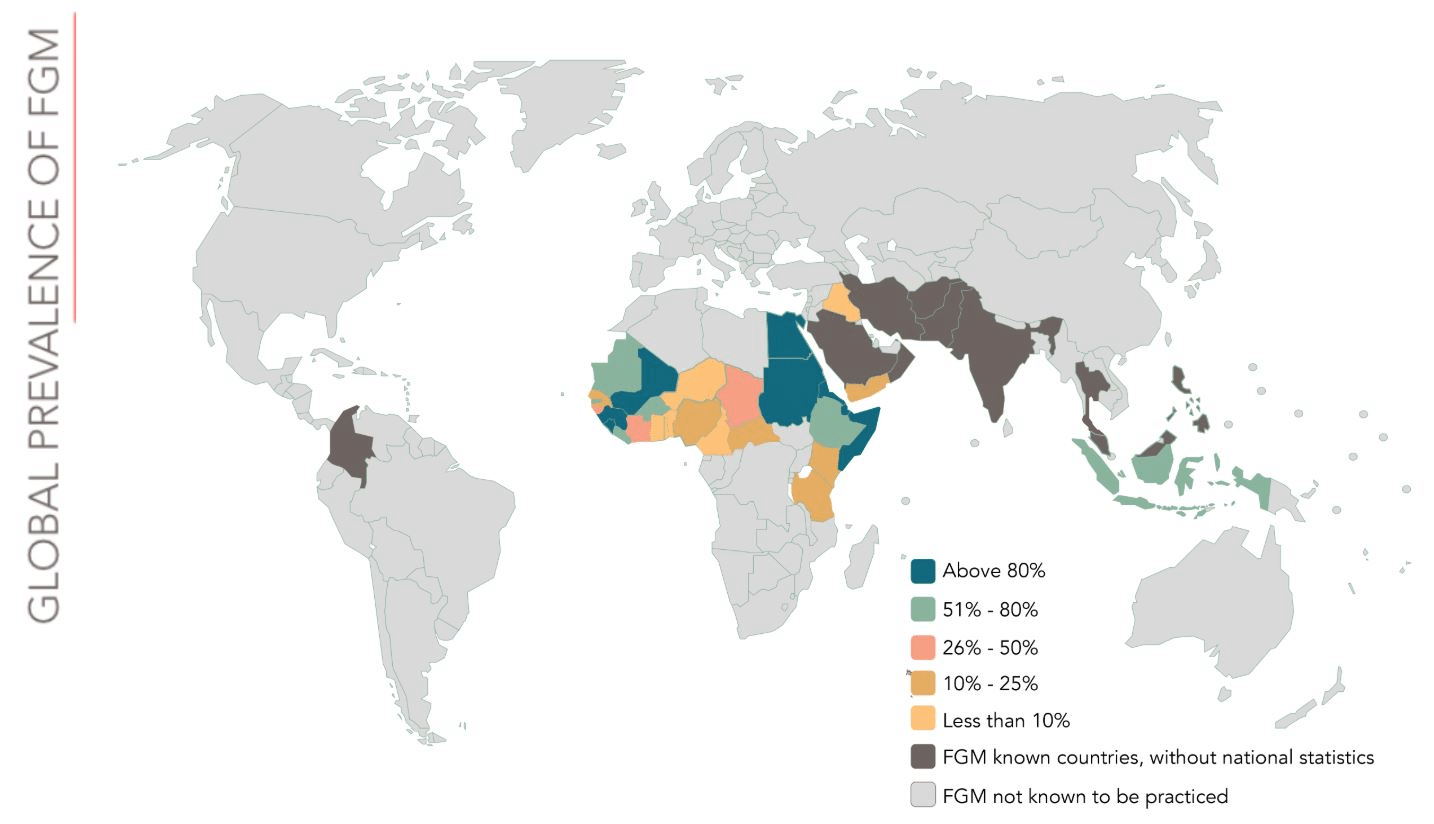
In conclusion, the practice of Female Genital Mutilation poses severe health risks and infringes upon the rights of women and girls. Comprehensive efforts, including education and policy reforms, are crucial to combat this harmful tradition and protect future generations.
Rising Online Child Abuse

Why in News?
A recent study published in The Lancet has raised significant alarms regarding the increasing prevalence of online sexual abuse faced by children worldwide. This study is based on a thorough analysis of 123 different studies conducted across various regions.
Key Takeaways
- Approximately one in 12 children globally (around 8.3%) has experienced online sexual abuse in the past decade.
- The study categorizes online sexual abuse into various types, including online solicitation (12.5%) and non-consensual image sharing (12.6%).
- There is no notable difference in the rates of online abuse between boys and girls, suggesting new dynamics in vulnerability.
- Online sexual exploitation is linked to severe mental health issues, impacting victims' life expectancy and job prospects.
Additional Details
- Prevalence of Abuse: The study indicates that one in 12 children globally is affected, highlighting a critical area of concern for child safety.
- Types of Exploitation:The study identifies key forms of online abuse, including:
- Online Solicitation: Involves sexual inquiries or conversations (12.5%).
- Non-Consensual Image Sharing: Accounts for 12.6% of cases.
- Online Sexual Exploitation: Represents 4.7% of instances.
- Sextortion: A rapidly growing issue, increasing threefold since March 2020.
- Gender Dynamics: The findings challenge the notion that girls are more vulnerable, indicating that boys are also at significant risk due to changing online environments.
- Mental Health Implications: Victims of online abuse face serious long-term consequences, including diminished life expectancy and employment opportunities.
In summary, the rising trend of online child abuse underscores the urgent need for effective measures to protect children in digital spaces. Addressing the root causes and implementing robust safeguards can help mitigate these alarming trends.
Tribal Welfare Measures in Budget 2025-26
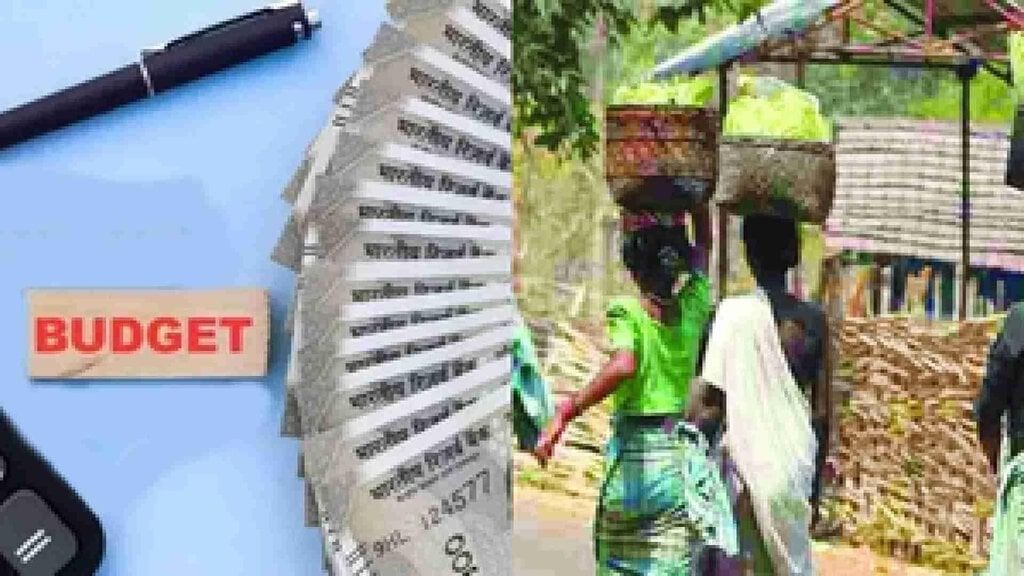
Why in News?
The Union Budget for the year 2025-26 has significantly increased the allocation for the Ministry of Tribal Affairs by 45.79% compared to the previous year, highlighting a strong focus on education, infrastructure, and socio-economic development for tribal communities.
Key Takeaways
- Increased Budgetary Allocation: The Ministry of Tribal Affairs (MoTA) has been allocated Rs 14,925.81 crore, marking a 45.79% increase from 2024-25.
- The Ministry of Social Justice & Empowerment also saw an increase to Rs 13,611 crore, reflecting a 35.75% rise.
- The budget aims to enhance welfare and development for Scheduled Tribes (STs) and other marginalized communities.
Additional Details
- Expansion of Eklavya Model Residential Schools (EMRS): An allocation of Rs 7,088.60 crore aims to operationalize 728 schools by March 2026, which will benefit 3.5 lakh tribal students by providing quality education and residential facilities.
- DA-JGUA: The Dharti Aaba Janjatiya Gram Utkarsh Abhiyan (DA-JGUA), previously known as the PM Janjatiya Unnat Gram Abhiyan (PM-JUGA), has received a fourfold increase in funding to Rs 2,000 crore to enhance infrastructure, education, and livelihood opportunities in tribal regions.
- Expediting PM-JANMAN: The allocation for the Pradhan Mantri Janjati Adivasi Nyaya Maha Abhiyan (PM-JANMAN) has doubled to Rs 300 crore. This initiative focuses on improving healthcare, education, and livelihoods for Particularly Vulnerable Tribal Groups (PVTGs).
- The Ministry of Tribal Affairs has revised the approval process for the PM-AWAS housing scheme, aiming to expedite the construction of 4.90 lakh houses under the PM-JANMAN housing scheme.
This enhanced budget allocation is a crucial step towards improving the living conditions and opportunities for tribal communities across the country, emphasizing the government's commitment to their welfare and development.
Ban on Begging
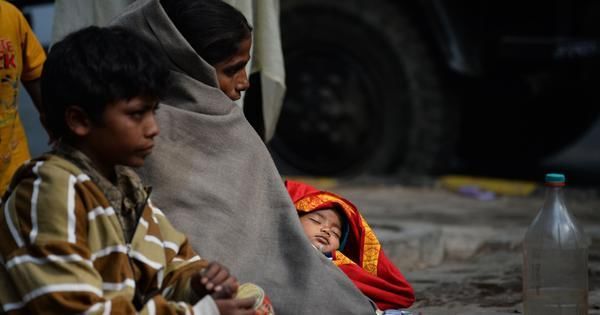
Why in News?
Bhopal, Madhya Pradesh has introduced a comprehensive ban on begging in all public spaces, following a similar initiative in Indore. This decision aims to tackle the issue of begging while offering alternatives for displaced individuals who engage in this practice.
Key Takeaways
- The ban seeks to address the issue of begging while providing alternative solutions for displaced beggars.
- Strict enforcement measures are in place, with FIRs to be registered against both beggars and those who provide them with money or goods.
Additional Details
- Aim: The primary objective is to manage the issue of begging while facilitating rehabilitation.
- Prohibited Practices: Engaging in begging or giving alms is strictly forbidden.
- Enforcement: Authorities are empowered to register FIRs against violators, including individuals who give alms to beggars.
- Legal Basis: The ban is enforced under Section 163 of the Bharatiya Nagarik Suraksha Sanhita (BNSS), 2023, which allows officials to issue urgent orders regarding nuisances or dangers.
- Punishment: Violators face imprisonment of up to six months or fines up to ₹2,500; if the act endangers public health, penalties may increase to one year imprisonment and a ₹5,000 fine.
- Duration of the Order: The initial order is valid for two months and may be extended for up to six months.
- Definition of a Beggar: As per the Bombay Prevention of Begging Act, 1959, a beggar is anyone who solicits alms, performs or offers items for sale, or appears destitute.
- Historical Context: The Criminal Tribes Act of 1871 linked nomadic tribes with vagrancy and begging, while the Constitution of India allows for laws related to vagrancy.
- Judicial Precedence: The Delhi High Court (2018) struck down parts of the Bombay Prevention of Begging Act, calling them arbitrary, while the Supreme Court of India (2021) rejected a PIL to remove beggars from public spaces, emphasizing that begging is a socio-economic issue.
The ban on begging has both positive and negative implications. While it aims to reduce exploitation and improve urban aesthetics, it also raises concerns about criminalizing poverty and the lack of adequate support systems for rehabilitation. Moving forward, it is crucial to focus on strengthening anti-trafficking laws, promoting community support for credible charities, and developing holistic policies to address the root causes of begging.
Exploitation of Domestic Workers
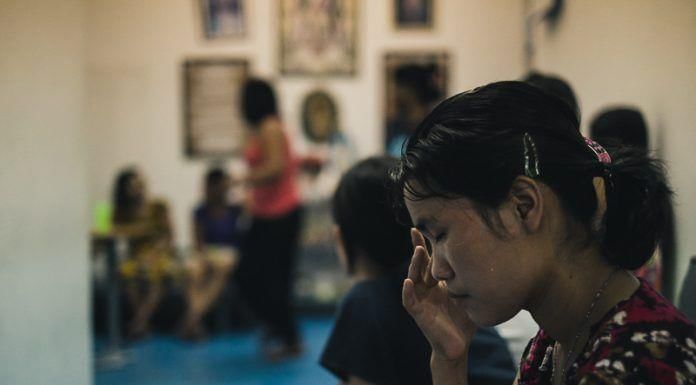
Why in News?
The Supreme Court (SC) of India has expressed serious concerns regarding the exploitation and abuse of domestic workers in India, highlighting the lack of a protective legal framework. In response, it has directed the Centre to establish an inter-ministerial expert committee to evaluate the necessity for a protective law.
Key Takeaways
- The majority of domestic workers in India are women, with significant numbers of minors involved.
- Domestic work is largely informal and unregulated, leading to various forms of exploitation.
- Multiple attempts to implement protective legislation for domestic workers have been unsuccessful.
Additional Details
- Who are Domestic Workers? Domestic workers are individuals who perform tasks in or for private households, including care services, making them vital to the care economy.
- Status of Domestic Workers in India: According to 2019 government estimates, out of 39 lakh domestic workers, 26 lakh are women, and there are approximately 12.6 million minors employed, predominantly girls under the age of 14.
- Characteristics:
- Most domestic workers lack job contracts, social security, and legal protections.
- They may work as live-in or part-time workers, often migrating from poverty-stricken regions to urban areas or abroad.
- Concerns:
- Low wages and excessive working hours without breaks.
- Abuse, including physical and emotional violence, sexual harassment, forced labor, and human trafficking.
- Exploitation by placement agencies through high fees and lack of transparency.
- Covid-19 has exacerbated existing issues, with many workers facing discrimination and unsafe working conditions.
- Laws Governing Domestic Work in India:
- There is no dedicated central law for domestic workers, and they are excluded from many labor laws.
- Past legislative attempts, such as the Domestic Workers (Conditions of Employment) Bill and the Domestic Workers (Regulation of Work and Social Security) Bill, have not been enacted.
- Some state laws exist (e.g., in Tamil Nadu, Maharashtra, and Kerala) that offer limited protections.
- India voted for ILO Convention 189 in 2011, which aims to improve conditions for domestic workers, but has yet to ratify it.
In conclusion, the exploitation of domestic workers in India is a pressing issue that requires urgent attention and action. Implementing protective policies, raising awareness of workers' rights, and ensuring legal safeguards are crucial steps toward improving their working conditions and social security.
International Day of Women and Girls in Science
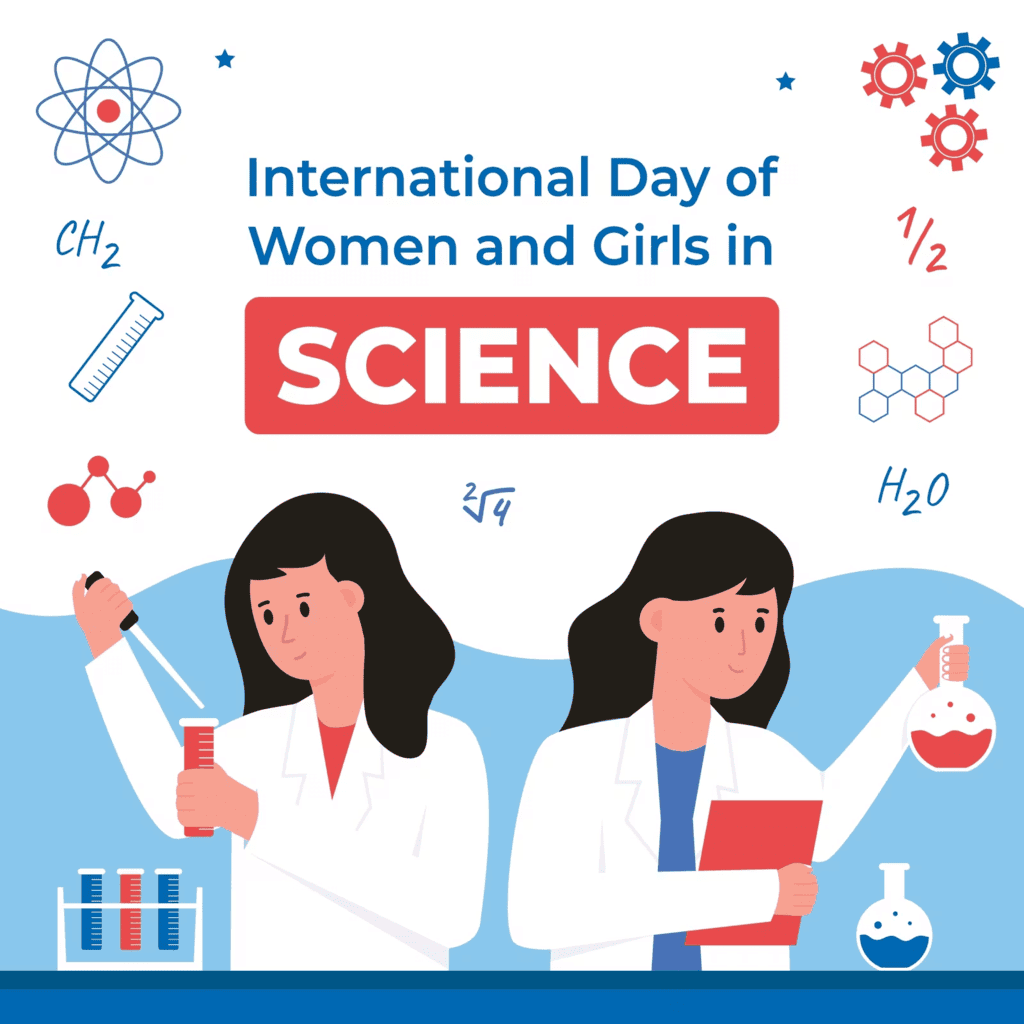
Why in News?
The year 2025 marks the 10th anniversary of the International Day of Women and Girls in Science (IDWGS), observed annually on 11th February. This day promotes the full and equal participation of women and girls in Science, Technology, Engineering and Mathematics (STEM).
What is the Status of Women in STEM?
Global Scenario:
- Women in STEM: According to UN data, globally, women remain underrepresented in STEM education and careers, constituting only 35% of STEM graduates.
- Between 1901 and 2024, only 26 out of 650 Nobel laureates in Physics, Chemistry, and Physiology or Medicine have been women.
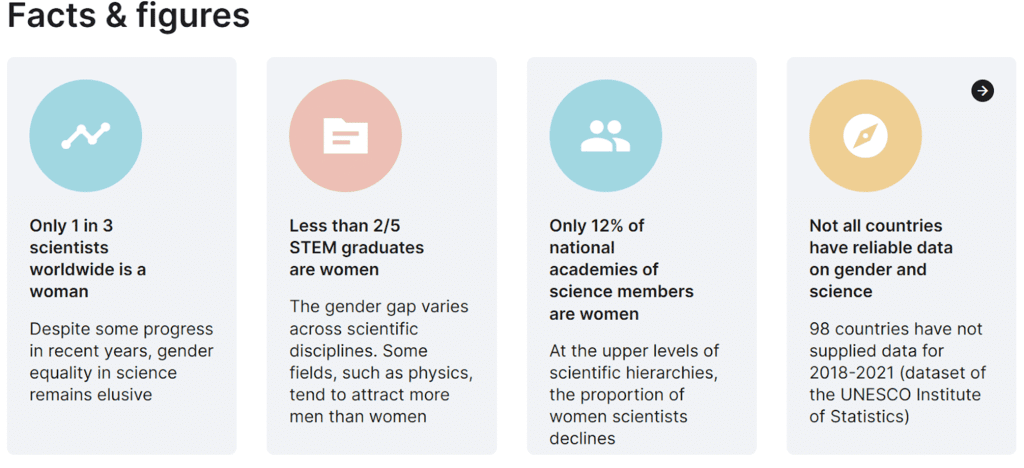
Indian Scenario:
- Women in Research: Government data presented in Lok Sabha (2024) shows women comprise only 18.6% of the scientific workforce.
- STEM Enrolment: Women constitute 43% of STEM students in higher education.
- Declining Representation: Their presence significantly drops at higher research levels and leadership positions in scientific institutions.
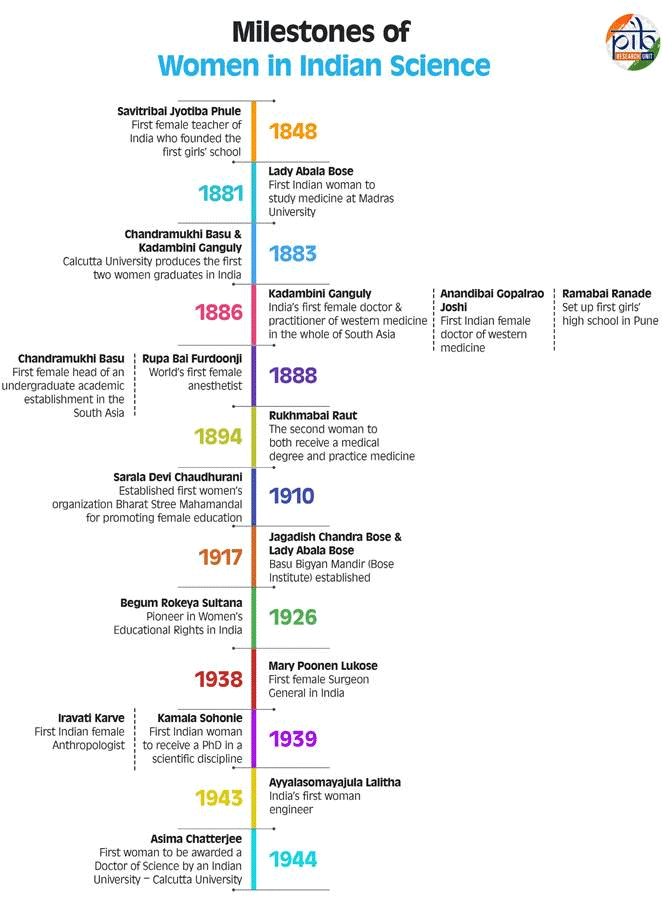
What are the Challenges Related to Women in STEM?
- Workforce Dropout & Societal Barriers: Women in STEM face career discontinuity due to caregiving responsibilities, rigid work policies, and re-entry challenges. Cultural stereotypes further discourage their participation, widening the gender gap in science.
- Workplace Barriers: Gender biases, lack of mentorship, and underrepresentation in decision-making roles restrict career growth. Women face lower access to research funding and leadership positions.
- Institutional Barriers: Lack of gender-sensitive policies such as maternity benefits, flexible work arrangements and limited gender data access hinder women's retention and equity in STEM.
Way Forward
- Gender-Inclusive Policies: Implement gender-sensitive hiring, leadership quotas, and research grants for women scientists. Promote flexible work policies and family support programs in scientific institutions.
- Leadership & Mentorship: Establish mentorship networks and encourage women in leadership roles in academia, research, and policymaking.
- Workplace Equity: Implement transparent evaluation and promotion systems to ensure equal pay and recognition for women.
- Women Entrepreneurship: Strengthen NIDHI, BioCARe, and Technology Business Incubators (TBIs) to support women-led startups in science and technology.
- Global Collaboration: Adopt successful models from countries with higher women representation in STEM, ensuring global partnerships and exchange programs for women researchers.
Mental Health at Workplace and Economic Productivity

Why in News?
The Economic Survey 2025 highlighted the significant impact of workplace culture, working hours, and lifestyle on mental health and worker productivity.
- It stressed the urgent need for improved workplace conditions and healthier lifestyles to boost employee well-being, which in turn, can enhance economic growth.
What are the Key Factors Affecting Mental Health?
- Workplace Culture: A positive workplace culture boosts mental well-being. The survey finds that employees with good relationships with managers and colleagues report 33% higher mental well-being scores.
- A sense of purpose at work further enhances well-being.
- Workload Management: Excessive workloads negatively impact mental health. Employees with manageable workloads report 27% greater mental well-being than those overwhelmed by work.
- Long working hours (55-60 per week) increase stress and anxiety.
- Impact of Remote Work: While remote work offers flexibility, fully remote employees report 17% lower mental well-being scores than those in-office or in hybrid models.
- Social interaction at work is crucial for mental health.
Lifestyle Choices and Mental Well-being:
- Dietary Choices: Individuals who avoid ultra-processed and packaged foods report better mental well-being.
- Physical Activity: Lack of exercise is linked to higher stress levels and lower productivity.
- Social Media Usage: Excessive social media consumption is correlated with declining mental health.
- Family Ties: Strong family relationships contribute significantly to better mental well-being.
What are the Key Implications of Poor Mental Health on the Economy?
- Lost Productivity: Mental health disorders such as depression and anxiety contribute to reduced work efficiency, absenteeism, and presenteeism (working while unwell).
- As per WHO, globally, depression and anxiety lead to a loss of 12 billion work days annually, amounting to an economic cost of nearly USD 1 trillion.
- In India, this translates to a loss of approximately Rs 7,000 per affected worker per day.
- Absenteeism and Turnover: Mental health conditions can result in higher rates of sick days, early departures, and increased job turnover, further disrupting workflow and incurring costs associated with recruitment and training replacements.
- Economic Survey 2024-25 noted that individuals with poor mental well-being lose about 15 working days per month, compared to 2-3 days for healthier individuals.
- Increased Healthcare Expenditure: Poor mental health leads to higher healthcare costs due to frequent medical visits, hospitalizations, and long-term treatment, increasing the burden on public health infrastructure, diverting resources from other critical areas.
- Decline in Innovation and Entrepreneurship: Poor mental health hampers creativity, risk-taking, and decision-making, slowing technological and business advancements, especially in high-performance sectors facing stress and burnout.
What are Suggestions Provided by Economic Survey 2024-25?
- Workplace Reforms: Foster a supportive work culture by improving interpersonal relationships, reducing workplace stress, and promoting a sense of purpose.
- Implement work-hour regulations to prevent burnout and enhance productivity.
- Flexible Work Models: Encourage hybrid work policies to balance flexibility and social interaction, mitigating the negative effects of full remote work.
- Health and Lifestyle Interventions: Employers and the government should promote healthy eating, physical activity, and digital detox to improve mental well-being.
- Awareness and Mental Health Programs: Implement large-scale mental health awareness initiatives, counseling services, and employee assistance programs to support workplace well-being.
- Policy and Legislative Measures: Strengthen occupational health policies by integrating mental health considerations into labor laws, ensuring workplaces adopt mental health-friendly practices.
Conclusion
The Economic Survey 2024-25 highlights mental well-being as a national priority. A healthy workforce is key to productivity, resilience, and economic growth. Prioritizing workplace mental health through supportive policies will strengthen India’s path to becoming a global economic powerhouse.
|
112 videos|389 docs
|





















